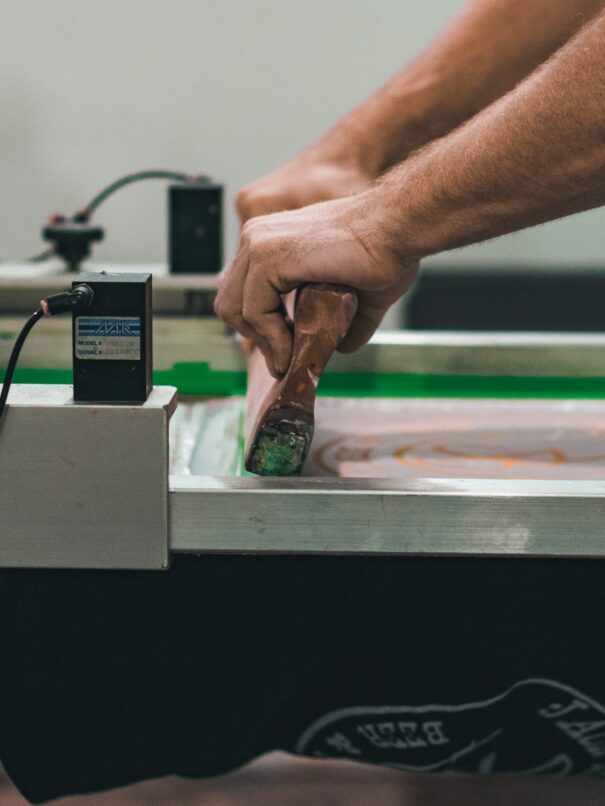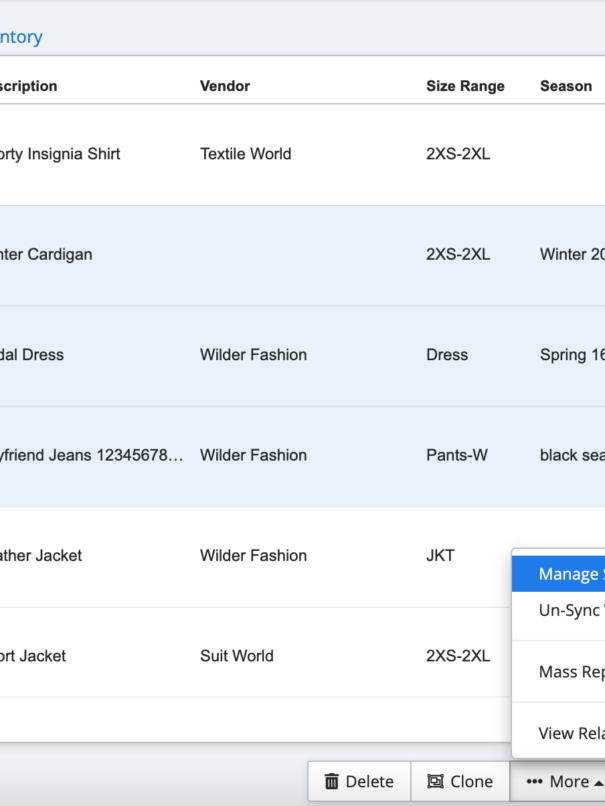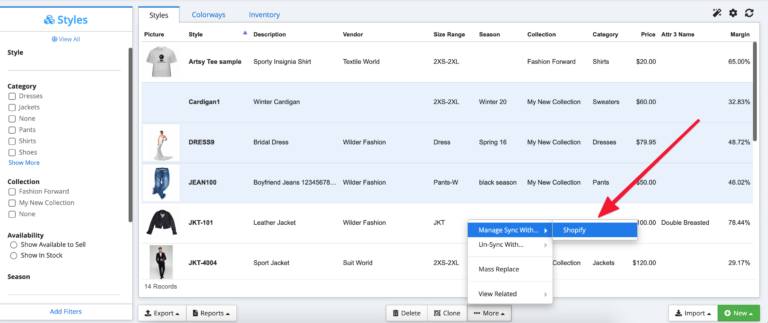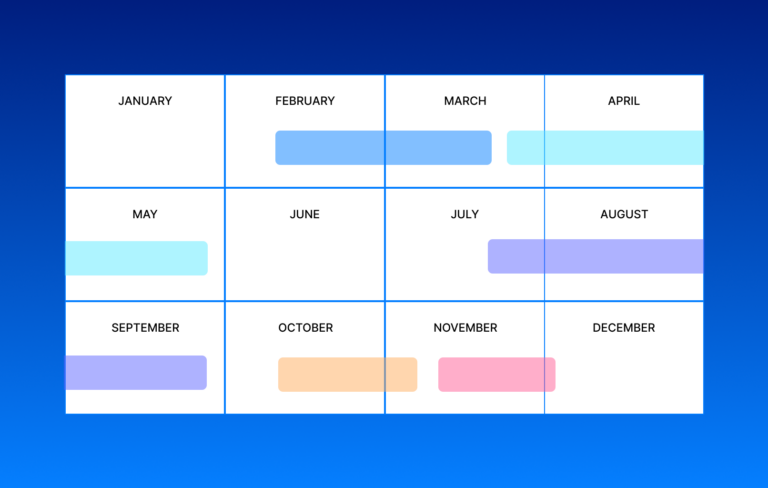Starting an apparel business begins with a clear idea for your clothing brand. This involves defining the ethos, values, and aesthetic of your own clothing line. In the fashion industry, it is not just about logos or color schemes; it’s about the story and the emotions your fashion brand evokes in your target market through your clothing lines.
Research into fashion brands will inform your market decision. The fashion world is highly visual and trend-driven, so the brand identity you build must resonate with your target customers and stand out in the competitive fashion industry.
This foundational step will guide all subsequent decisions, from clothing designs to marketing campaigns. So let’s dive right into how to start an apparel business.
Business Plan and Target Market Analysis
A comprehensive business plan is an answer to how to start an apparel business. This plan should include a detailed market analysis, identifying your target market and target audience.
Understanding who your clothing line appeals to, their preferences, and purchasing behavior is vital for the success of your own clothing brand. Your business plan should detail your marketing and sales strategy, operational logistics, and business finances. In the clothing industry, having a well-defined business plan is especially important due to the dynamic nature of trends and consumer preferences.
This clothing business plan serves as a roadmap, helping you navigate the complexities of starting and running a successful business in the ever-evolving fashion industry.
Online Clothing Store Development and E-Commerce Strategy
Developing a store for a clothing line online is a critical step for any modern clothing business. Your own online store serves as the digital storefront. Utilizing platforms like Shopify or WooCommerce, you can set up an online clothing business with global reach. The key is to create a user-friendly, aesthetically pleasing website that reflects your plans to build a global brand.
Integrating SEO strategies and social media marketing, like Instagram and Facebook, into your online business model is crucial. This approach not only saves money compared to traditional retail industry operations but also offers a broader reach. Your sales strategy should leverage the strengths of online marketplaces and your own website to effectively showcase and sell your clothing items whether you are operating as a B2C or B2B fashion brand.
Choosing a Clothing Manufacturer and Business Model
Selecting the right clothing manufacturer is a pivotal decision in starting your own clothing line. Whether you decide to purchase wholesale clothing or manufacture custom designs, the choice of manufacturer will impact your clothing line’s quality and production capabilities. This choice is influenced by your chosen business model – whether you opt for a traditional wholesale model, drop shipping, or print-on-demand.
Working with an existing clothing manufacturer offers the advantage of leveraging their expertise and production capabilities, especially if you’re not an experienced fashion designer yourself. The key is to find a manufacturer that aligns with your brand.
Financial Management and Startup Costs
Effective management of business finances is crucial for the longevity and success of your clothing business. This includes prudent handling of startup costs, and budgeting for production, marketing, and operational expenses. Understanding your financial landscape allows you to price your clothing items appropriately, ensuring profitability while remaining competitive.
You can utilize accounting software or consult financial experts to keep track of expenses and revenue. Additionally, consider funding options such as business loans or crowdfunding to cover initial expenses.
Furthermore, a limited liability company (LLC) structure can offer financial protection and tax benefits. Careful financial planning and management are essential, especially in the early stages of your small business, to ensure stability and growth potential in the fashion industry.
Selecting The Right Tools
Selecting the right equipment and software, such as an ERP (enterprise resource planning) system like ApparelMagic, is essential for the efficient and seamless operation of your apparel business.
Apparel Magic, specifically designed for the fashion industry, can greatly extend the functionality of your business. It streamlines various aspects of your operations, including inventory management, order processing, and production tracking. With features like real-time data integration and forecasting tools, it enables you to make informed decisions, optimize your supply chain, and ensure that your clothing line meets market demand while minimizing waste.
By investing in the right technology like Apparel Magic, you can enhance productivity, reduce operational costs, and ultimately contribute to the success and growth of your fashion brand.
Developing a Successful Business and Sales Strategy
Developing a successful business in the fashion industry requires a solid sales strategy. This includes identifying the best sales channels for your products, which could range from your own website to online marketplaces like Amazon or Etsy. Consider the retail price points that will make your products competitive yet profitable.
Part of your sales strategy should also involve understanding how to save money in various aspects of the business, like production and marketing, without compromising on quality. A key aspect of a successful business is adaptability; being able to pivot your strategy in response to market trends and customer feedback is vital. This dynamic approach will help in establishing a resilient and profitable clothing line.
Social Media Advertising and Marketing Plan
In today’s digital landscape, social media advertising is an integral part of any marketing plan for a clothing business. Platforms like Instagram and Facebook are essential for promoting your clothing brand and engaging with your target audience. Effective use of social media accounts involves regularly posting appealing content, showcasing your clothing items, and engaging in influencer marketing.
Your marketing and sales strategy should also include email campaigns and search engine marketing to reach a wider audience. Allocating a sufficient marketing budget is key to ensuring your campaigns are effective and help in building a successful fashion brand. Remember, the goal is not just to drive sales but also to build a lasting relationship with your target customers.
Fashion Design and Production Process
In the world of fashion, your journey as a budding fashion designer begins with your creativity and vision, which form the foundation of your clothing line’s identity and ultimate success. The production process is where your artistic direction and unwavering commitment to quality standards converge, bringing to life the very essence of your brand.
Be Mindful of the Environment
The initial step is the careful selection of fabrics, a choice that bears profound influence over the appearance, texture, and functionality of your garments. It is here that your values and the demands of the modern consumer intersect. Consider a sustainability-focused approach, with materials like organic cotton or recycled fabrics, catering to the growing appetite for eco-conscious fashion among environmentally aware consumers.
Pay Attention to Form
The artistry of fashion design is where your unique creative flair shines. Stay attuned to current fashion trends, draw inspiration from your personal style, and infuse your designs with the narrative you wish your clothing to convey. Embrace innovation by experimenting with unconventional forms, textures, and color palettes that distinguish your creations in a crowded market. The allure of originality often captivates your clientele, ensuring their loyalty.
Form The Right Partnerships For Your Own Fashion Brand
Meticulous attention to detail during the manufacturing phase is non-negotiable. Forge close collaborations with clothing manufacturers and suppliers to translate your designs into finished products that faithfully reflect your vision. Rigorous quality control checks and consistent communication are indispensable for maintaining the high standards upon which your brand’s reputation thrives.
Scalability Is King
Whether you embark on your journey as a small clothing business or aspire to substantial growth, the scalability of your production process is a critical factor. Strategically plan for scalability, ensuring that you can gracefully accommodate rising demand without compromising the hallmark quality of your creations. This may involve cultivating reliable relationships with manufacturers adept at adapting to your evolving needs or embracing advanced production technologies.
The fashion world requires a harmonious blend of creativity, technology and practicality. Innovations must enhance, not hinder, functionality and wearability. Designs that not only dazzle the eye but also ensure comfort and utility resonate more profoundly with your target market.
Final Thought on How to Start an Apparel Business in 2024
Starting and running a successful apparel business in the competitive fashion industry requires a well-rounded approach, encompassing everything from brand identity and marketing to production and financial management.
By carefully considering each aspect and staying adaptable to market trends, you know how to start a fashion business and build a clothing brand that resonates with your target audience and thrives in the dynamic world of fashion.









